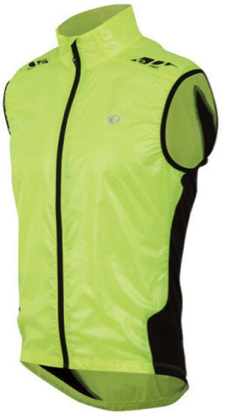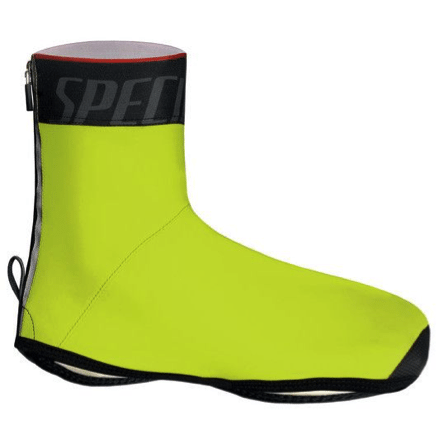If you are cycling commuter or you want to stay in good shape during the chillier months, you’ll be keen to read this guide to winter warm cycle clothing. The main aim is to layer up and to take measures to increase visibility to motorists before embarking on a ride during the colder/darker months of the year. Staying dry is another battle during the winter and also key to keeping your core warm. There is a vast range of cycle clothing items and accessories that are ideal for keeping you warm while out on the road this winter.
 Baselayers
Baselayers
Baselayers are an absolute necessity for winter riding and help to maintain a stable core body temperature. Baselayers cling to your body and trap a layer of warm air within the elasticated material, but they’re also designed to be breathable and minimise the build up of sweat too. So whether you prefer long or short sleeved base layer tops, this should be top of your list of cycling clothing.
Arm, leg and neck warmers
Arm, leg and neck warmers are perfect for when the weather is changeable, since they can be easily removed or worn whenever the weather takes a turn for the better or the worse. When compared to long sleeved base layers, these removable insulated garments offer greater versatility to control your body temperature effectively. While just as breathable as base layers, the synthetic fibres used will protect your arms, legs and neck from the harshness of winter.
 Winter cycling tights
Winter cycling tights
Bib tights – the sort that have braces – are the best way to keep legs, lower back and waist warm. Some tights have a water-repellent finish for added protection.
Winter cycling jerseys
In summer, riders prefer a short-sleeved jersey, while in winter a long-sleeved cycling jersey is the ideal garment. They should be neat fitting and made of breathable fabric to effectively keep your body warm and dry. With an insulated inner layer and convenient pockets, cycling jerseys are essential wear for any rider and often come with reflective elements on the outer to heighten visibility while out on the road.
 Cycling jackets
Cycling jackets
Come rain or freezing cold temperatures, cycling jackets are the ideal piece of clothing to keep you both dry and warm while riding. Often a windproof and waterproof composition with thermal insulation, cycling jackets will help to keep your under-layers warm and dry too, which makes them perfect for commuters that don’t want to get too wet before work. With zip pockets and storm flaps, cycling jackets are an essential outerwear item for the winter months.
 Gilets
Gilets
A gilet is useful for a chilly start on a bike outing because when you warm up you can pop the gilet in your back jersey pocket. A gilet is also a great thing to carry with you if you are worried you might need extra insulation, such as when descending a hill. Gilets also offer good freedom of movement because they do not have arms. This is a great garment in terms of packable versatility.
Winter cycling gloves
Cycling gloves are essential items for all-year round for improved grip on your handlebars and to prevent blisters, but they are even more crucial during the winter since they’ll also keep your hands both warm and dry. There’s nothing worse than having cold, wet hands when cycling and it’s likely to affect your overall enjoyment of the ride too by hampering performance and reducing friction between your hands and your bike grips.
The choice of winter gloves is huge. Fit is important because fingers that are constricted will lose circulation and become cold. While mittens are the best way to keep hands warm in winter, they are not practical for cycling because you need to change gears. That is why many cyclists choose “lobster” shape gloves as a compromise between full finger gloves and mittens.
Another good tip if you are prone to cold hands is to wear a silk liner glove beneath thicker gloves or lobster gloves. You could try adding re-useable handwarmers for times when you think you will be very cold. Another invention that could be a great bonus for cold hand sufferers is heated tape for handlebars.
Other cyclists wear neoprene gloves, similar to those that you might use for open water swimming or kayaking. Although hands can get sweaty in this material it is good for blocking out the cold and wet.
 Winter cycling socks
Winter cycling socks
Specially designed cycling socks are usually thicker than conventional socks and are low-cut for comfort, with a Y shaped heel to give a more fitted feel. Cycling socks are woven and elasticated to provide breathability and keep your feet cool when cycling, which is particularly useful when wearing overshoes in poor weather conditions.
However, my tip for the best warmth for feet is to wear merino socks. I like to wear my walking socks in cycling shoes that are just a little too big (I have bought winter cycling shoes in a size bigger to help with this.) Don’t wear socks that make your feet too tight in cycling shoes because this can lead to poor circulation.
 Shoe covers/overshoes
Shoe covers/overshoes
Cycling shoe covers/overshoes are important for winter riding, especially when it’s rainy and wet out on the roads because there’s nothing worse than cycling with wet shoes and feet. Made with a waterproof polyurethane exterior, overshoes have a tapered seam to create a tight seal that prevents any water leaking in and provides a snug fit around your cycling shoes.
Wearing overshoes while out on the road will not only keep your feet dry, but they’ll also stay warm and increase visibility when brightly coloured.
Also look out for winter cycling shoes that look more like neoprene booties.
Some cyclists swear by the use of plastic bags (thing shopping bags suit this well) that go over socked feet and inside their cycling shoes for warmer and drier feet.
Tell us your tips for staying warm and dry for winter cycling.










